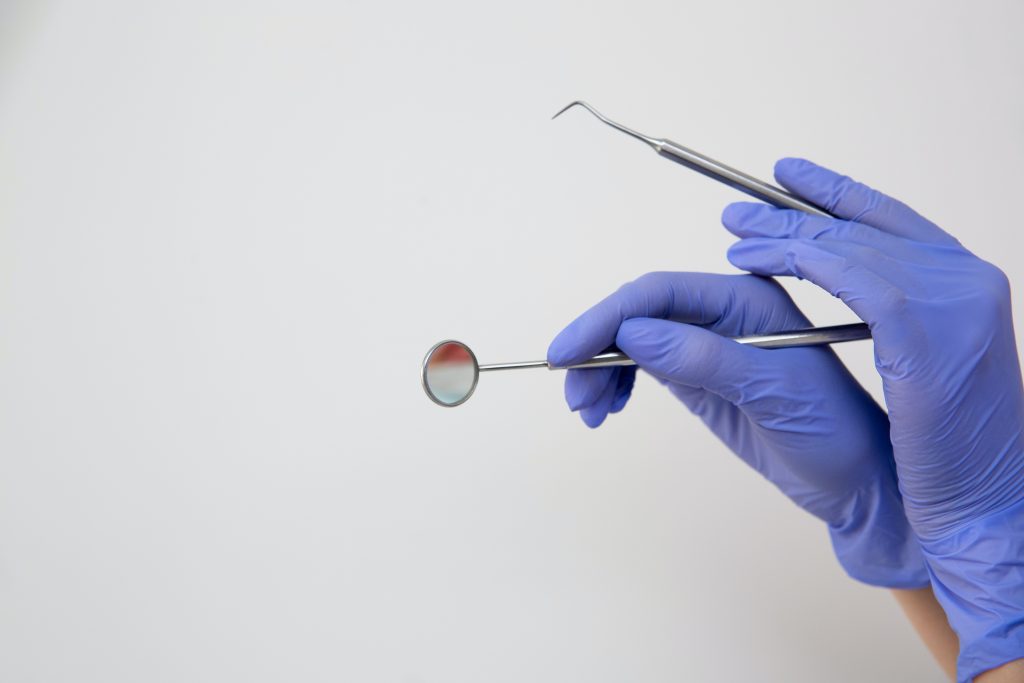People generally think of braces as a cosmetic solution for achieving that desirable perfect smile, but their benefits go far beyond aesthetics. While the initial cost of braces may seem like a substantial investment, it’s essential to consider the long-term advantages that contribute to better oral health and overall well-being and financial savings. From preventing tooth wear, reducing the risk of trauma, and mitigating jaw issues to avoiding more complex and costly dental procedures, braces are a preemptive healthcare measure to prevent future dental problems.
This article will delve into the multiple ways braces can prevent future dental problems, potentially saving you significant amounts of money in the long run, all while offering additional perks such as improved self-confidence and overall health.
Preventing Tooth Decay and Gum Disease
Braces can significantly contribute to the prevention of tooth decay and gum disease by facilitating better oral hygiene. When teeth are misaligned, they often create hard-to-reach spaces prone to plaque buildup and food trapping, leading to cavities and gingivitis. Braces correct these misalignments, making it easier to clean all tooth surfaces effectively with regular brushing and flossing.
Furthermore, proper alignment ensures an even distribution of biting forces, reducing the risk of tooth wear and potential decay. By creating a more hygienic oral environment and allowing for a thorough cleaning, braces indirectly help ward off tooth decay and gum disease.
Reducing the Risk of Trauma
Although braces are commonly associated with the alignment and straightening of teeth, they also serve a critical role in reducing the risk of dental trauma. Crooked or misaligned teeth can protrude in ways that make them more susceptible to injury during physical activities, accidents, or falls. When teeth are not correctly aligned, they can also cause bite issues, increasing the risk of chipping or fracturing in a collision or impact. By straightening the teeth and ensuring they are in their correct positions, braces contribute to a more uniform distribution of force when biting or experiencing a blow to the face, thus lowering the chances of dental trauma.
This preventive measure is particularly beneficial for athletes or individuals involved in activities where facial impacts are more likely. Overall, braces can serve as a safeguard, reducing the vulnerability of teeth to physical damage.
Preventing Tooth Wear
Not only are braces effective for aligning teeth and improving aesthetics, but they also play a significant role in preventing tooth wear. Misaligned or crooked teeth can lead to improper occlusion, or how the upper and lower teeth meet when the jaws are closed. This faulty alignment can cause uneven distribution of biting forces, leading to excessive pressure on specific teeth. Over time, this concentrated force can accelerate the wear and tear of the tooth enamel, leading to problems like chipping, cracking, and even more severe forms of dental erosion.
By correcting the teeth’ alignment, braces help distribute biting forces more evenly across all teeth, thereby minimizing focal points of stress and reducing the rate of tooth wear. In the long run, this can preserve the integrity and longevity of your teeth, contributing to overall oral health.
Avoiding Jaw Issues
Braces do more than straighten teeth; they can also profoundly impact the alignment and function of the jaw. Misaligned teeth can lead to malocclusion, which can cause various jaw issues, including temporomandibular joint disorder (TMJ), muscle strain, and even changes in jaw bone structure. This misalignment often results in uneven force distribution when chewing or biting, causing unnecessary stress on the jaw joints and muscles.
By aligning the teeth properly, braces facilitate a more balanced bite and promote healthier jaw function. A more balanced occlusion helps to alleviate the stresses and imbalances contributing to jaw pain, clicking, or locking. By achieving better occlusion and mitigating the strain on the jaw, braces are a preventative measure against long-term jaw issues, helping to maintain a healthier smile and a more functional and comfortable jaw.
Reducing the Need for Advanced Dental Procedures
Braces can act as a proactive measure that reduces the likelihood of requiring more advanced and invasive dental procedures later in life. Misaligned teeth are aesthetically displeasing and pose practical challenges for oral care; they are harder to clean and more susceptible to plaque accumulation, decay, and gum disease. Moreover, crooked or overlapping teeth can create pockets where food and bacteria can get trapped, increasing the risk of cavities and periodontal disease. These conditions may require complex treatments like root canals, dental implants, or even gum surgery if left untreated.
By aligning the teeth properly, braces facilitate easier cleaning and better oral hygiene, reducing the risk of such complications. Additionally, as braces correct bite issues and distribute biting forces evenly, they can prevent other problems like tooth wear or fractures that might necessitate crowns or veneers. Thus, investing in braces can often preclude the need for more extensive and costly dental work, making them a preventive strategy for long-term oral health.
Preventing Bone Erosion
Braces can be crucial in preventing bone erosion in the jaw, a condition that can occur due to poor tooth alignment and bite issues, commonly known as malocclusion. When teeth are misaligned, the forces exerted during biting and chewing are uneven, leading to areas of excessive pressure and stress on the jawbone. Over time, this uneven stress can result in the resorption or erosion of the alveolar bone, the jaw section that holds the teeth in place. This bone loss can weaken the foundation of the teeth, leading to increased mobility and even tooth loss in severe cases.
Braces promote a healthier and more stable oral environment by correcting tooth alignment and ensuring a more even distribution of forces. Correct tooth alignment not only preserves the teeth’s integrity but also helps maintain the health and density of the supporting jawbone, effectively mitigating the risk of bone erosion.
Overall Health Benefits
Braces offer a range of benefits that extend beyond oral health and can positively impact overall well-being. Misaligned teeth or malocclusions can lead to difficulties in chewing and swallowing, which may impair proper digestion and nutritional absorption. Poorly aligned teeth can also make effective oral hygiene a challenge, increasing the risk of gum disease, which has links to systemic health issues such as cardiovascular disease and diabetes.
Additionally, bite issues can lead to chronic jaw pain and headaches, affecting general comfort and quality of life. By correcting dental alignment, braces facilitate better chewing and easier cleaning, improving digestive health and reducing the risk of systemic conditions. Overall, the improvements in dental and jaw alignment afforded by braces can serve as a pivotal investment in comprehensive long-term health.
Improved Self-confidence
Moreover, a well-aligned set of teeth can improve speech quality and boost self-esteem, leading to psychological benefits. The impact of braces on self-confidence can be transformative and far-reaching. Crooked or misaligned teeth often lead to self-consciousness and reluctance to smile or interact socially. This can have a cascading effect on one’s self-esteem and overall mental well-being. By straightening teeth and improving oral aesthetics, braces allow individuals to reclaim their smiles and feel more confident in their appearance.
The emotional and psychological boost from smiling without inhibition can positively influence various aspects of life, from personal relationships to professional opportunities. A confident smile can be a powerful tool in social settings, facilitating better communication and meaningful connections. In this way, the benefits of braces extend beyond mere cosmetic improvements, catalyzing enhanced self-confidence and a more fulfilling social life.
In conclusion,
Investing in braces is not just about achieving a picture-perfect smile; it’s also a strategic move for long-term oral health that can result in significant financial savings over time. By correcting misalignments and bite issues, braces reduce the risk of dental problems, from tooth wear and decay to gum disease and jaw-related issues. These problems, if left untreated, could necessitate complex and expensive procedures like root canals, gum surgeries, crowns, or even dental implants.
Preventing the onset of these issues through the timely intervention of braces minimizes future dental costs and eliminates the need for more invasive treatments. Moreover, properly aligned teeth are easier to clean, decreasing the likelihood of cavities and periodontal disease, which can be costly. Added to these financial benefits are the intangible gains in self-confidence and overall well-being, making braces a wise investment in multiple dimensions. Thus, while the upfront cost of braces may seem steep, the long-term savings and health benefits make it a cost-effective choice for maintaining oral and general health.







Join the discussion 4 Comments